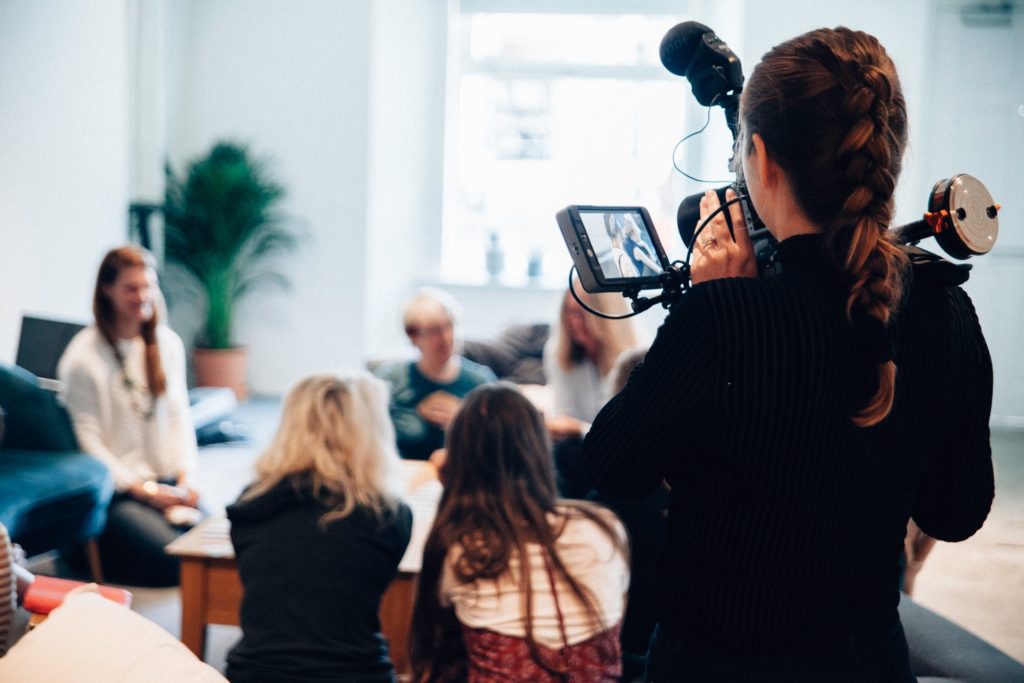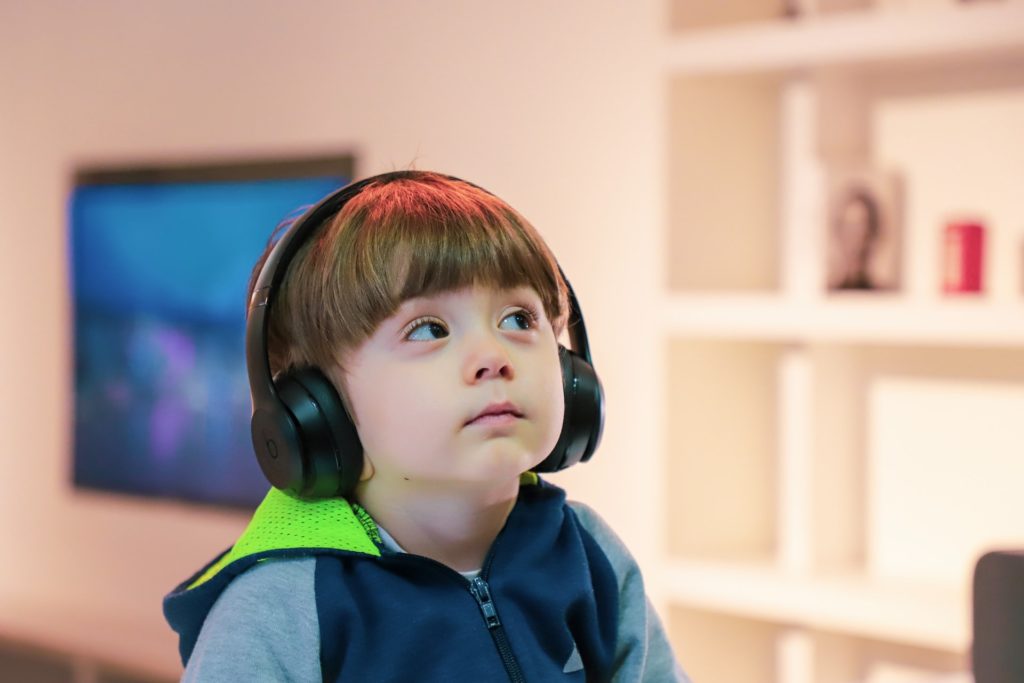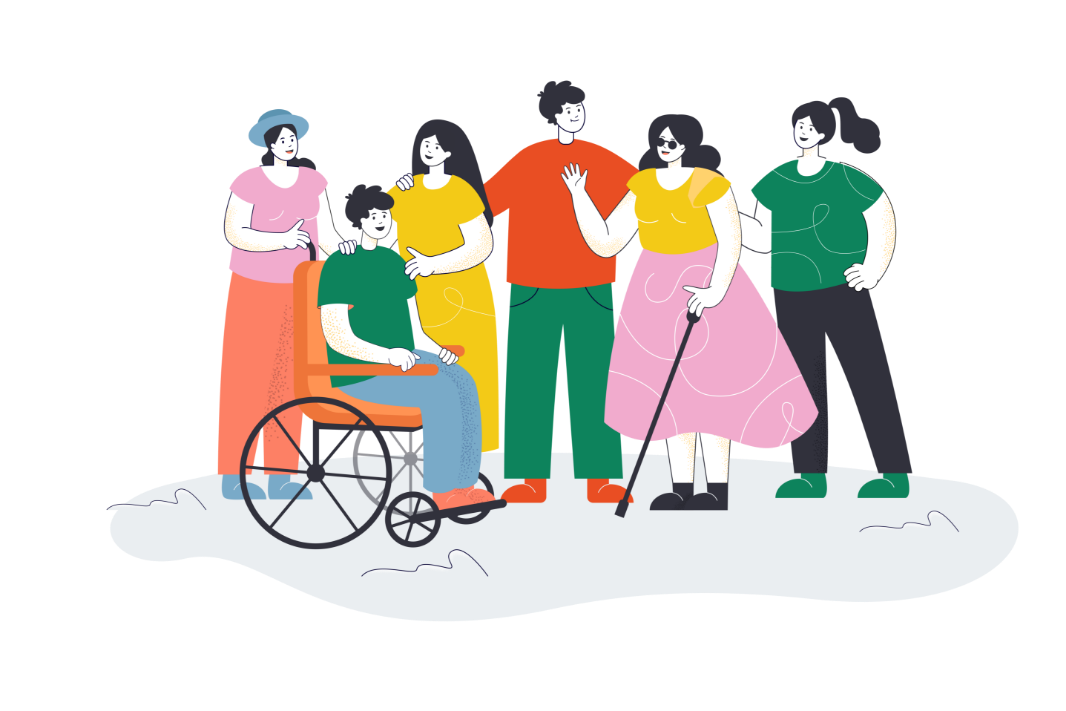Video modeling is a teaching technique aimed at acquiring new skills and the effectiveness of this method is supported by extensive scientific research.
The strategy of video modeling is to record a video of the task to be learnt through the actions of a model, then the video will be presented to the disabled person in a systematic and repeated way.
This allows the person to become familiar with the procedure and creates a clear expectation of the demands and time sequence, improving working memory and lowering anxiety and stress.
Video modeling has been shown to significantly increase the speed with which skills are acquired, and the technique is particularly effective in people with autism and intellectual deficits.
By watching the video, the unfamiliar situation gradually becomes more familiar, thus lowering anxiety, helping the person engage in it more willingly, and reducing the likelihood of the appearance of problem behaviors. It can be particularly useful in preparing people for medical examinations or getting them acquainted with new places, activities or procedures.
Particularly for people with autism spectrum disorders, for whom it is critically important to know from the outset the sequence of events they will face, video modeling is a very useful tool, because seeing the entire process performed by a model allows the person to imagine a positive outcome to the intended activity and to create a clear expectation with respect to the demands associated with the task or situation.
A distinction is made between generic video modeling and “specific” video modeling made for a particular person, which may thus include a familiar environment, specific materials, or may take into consideration a particular interest.
Literature review studies have not been able to demonstrate which of the two modes is more effective, as only very few researches disclose the information regarding this particular data point.

There are different types of video modeling, each of which has targeted characteristics and potential.
- Standard video modeling is a technique by which a person watches a video in which a model, other than themselves, demonstrates how to perform a certain action. Video modeling is thus an evidence-based practice that, on the one hand, aims to strengthen expected behaviors, i.e., skill development, and, on the other hand, helps decrease unexpected behaviors (Murray and Noland 2013).
- Video Self-Modeling differs from classical Video Modeling since the actor in the video is the same person for whom the video is intended. In VSM, the subject observes themselves successfully performing a given task. The technique can be used to teach a variety of tasks, with an emphasis on emerging skills, i.e skills that the subject has just started to learn but has not yet mastered. VSM has proven successful in increasing the frequency with which subjects correctly perform a skill or an expected behavior.
- A third type is video feedback, in which the person is filmed while performing a task or a social interaction. At a later time the person reviews the video, trying to identify himself what improvements need to be made. This reduces corrective inputs by the educator, while increasing the person’s self-assessment skills.
- Video priming, like standard video modeling, features a person other than its target audience. It aims to teach the person to understand predictable sequences of new or unusual activities, thus enhancing participation and reducing anxiety. By watching the video, the unfamiliar situation becomes, little by little, more familiar, leading the person to participate in it more willingly, and reducing, as a result, the likelihood of problem behaviors. This refers in particular to dental and medical visits, but also to cosmetic appointments, such as going to the barber or beautician, or even participation in a trip with a means of transportation to which the person is not accustomed.
- Finally, in the case of Subjective Video Modeling, the person being filmed is not the target person. This video differs from the types listed above because it is shot with a subjective camera: only the subject’s point of view is shown, thus usually, only the actor’s hands are framed or at most their reflected image in the mirror. Many simple functional skills can be taught through subjective video modeling, especially those that are not mastered yet or that are only performed if there is substantial adult support, as well as social skills and interactions (Murray and Noland 2013).
A great variety of functional and motor skills can be taught through video modeling, including those that require communicative, cognitive, adaptive, and social-emotional processes, e.g. personal independence, communication, social interaction, school skills, and play activities.
In certain cases, it is also appropriate to combine specific strategies such as the use of didactic and printed materials, and a more complex educational intervention.

Video modeling has mostly been applied to people with autism spectrum disorders because it makes use of their strengths and works on their weaknesses; it also allows for gradual exposure, thus limiting anxiety when faced with new situations. Then there are features that are also effective for other conditions, especially those that present intellectual deficits. Some of the benefits are that it takes advantage of the person’s intrinsic motivation, it presents information through different sensory channels, it focuses on a single specific element, thus directing attention in a targeted way.
Fondazione Progettoautismo fvg has successfully created and employed numerous video modeling packages for all age groups involved.
In conclusion, we leave you with the 10 basic steps for video modeling, according to Murray and Noland’s (2013), integrated with the knowledge and professional experience gained by our Foundation:
- Identify the skill or routine to target;
- Identify and gather the necessary equipment;
- Run a task analysis and identify a baseline;
- Write an accurate script and possible subtitling;
- Rehearse before shooting the video and do not overlook audio recording (even at a later time);
- Pay close attention to video editing;
- Create the right conditions for viewing the video;
- Identify strategies to facilitate skill learning;
- Make sure to have the appropriate observational tools;
- Identify the problems that emerge and find a solution.
If you would like to explore this topic further, we recommend the following title:
Murray S., Noland B., Video Modeling for Young Children With Autism Spectrum Disorders: A Practical Guide for Parents and Professionals, Jessica Kingsley Pub, 2012

